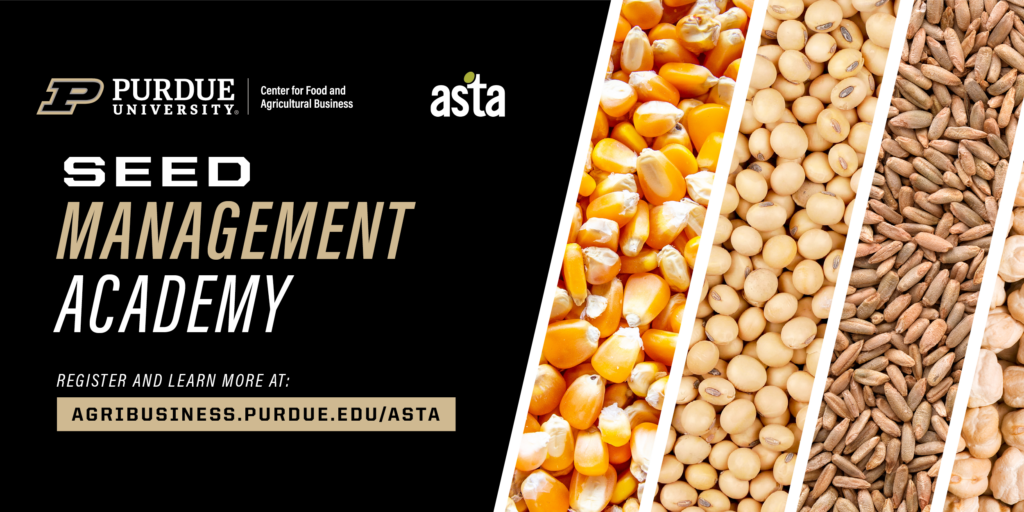Reviewers
Lourival Monaco, Assistant Research Professor
Article
Innovative Growers: A view from the top by Matt Banholzer, Rebecca Doherty, Alex Morris, and Scott Schwaitzberg
Source
McKinsey Quarterly, November 2023
Summary

Amid today’s dynamic landscape filled with conflicting priorities and constant disruption, the imperative of innovation remains unwavering. McKinsey conducted an extensive study encompassing more than 650 major public companies. The goal was to spotlight enterprises that not only achieved robust growth compared to industry peers from 2016 to 2021 but also excelled in crucial areas of innovation.
Unveiling a key finding, the study identifies these standout companies as “Innovative Growers.” These entities consistently distinguish themselves by excelling in both growth and innovation, embodying a repertoire of best practices that offer valuable lessons for others. They ingeniously integrate innovation into their overarching strategic goals, navigate growth pathways within their core operations, and selectively enter adjacent markets where their competitive advantage is most pronounced. Commitment to executing with excellence and making strategic investments in key innovation capabilities are paramount. Notably, these companies leverage mergers and acquisitions, particularly programmatic M&A, to extend their innovation horizons.
- Aspire: Link innovation to growth aspirations
Innovative growers seamlessly position innovation at the core of strategic and financial dialogues, underscoring its pivotal role in organizational growth and vitality. They communicate achievable aspirations and transparent targets, alleviating fears of failure and negative consequences that often impede innovation. Frequent progress updates and success stories serve to inspire and motivate teams and stakeholders. These companies express a resolute commitment to investing in talent and digital capabilities, framing their efforts as transformative endeavors. Digital aspirations, with a focus on analytical capabilities and data transformation, set them apart.
- Activate: Pursue multiple pathways to growth
Market-leading revenue growth is the hallmark of innovative growers, achieved both in core businesses and when expanding into adjacent customer segments, industries, or geographies. They discern opportunities for value creation, prioritizing growth in areas where portfolio similarities offer a distinct “right to win.” Advanced analytics and digital tools play a pivotal role in identifying hidden growth prospects, followed by a meticulous selection of operating models and governance structures.
- Execute: Invest productively in all innovation capabilities
Innovative growers invest judiciously in critical innovation capabilities, encompassing research and development (R&D), resourcing, and operational agility, yielding robust business outcomes. Their emphasis on digital and analytics, aligned with McKinsey’s survey findings, underscores a correlation between strong innovation cultures/models and increased value through new technologies, including generative AI.
- Extend: Cultivate a strong M&A capability
Distinguished by their adept dealmaking, innovative growers showcase a robust M&A capability alongside strengths in R&D, finance, and operations. Clear articulation of growth and M&A objectives establishes a shared understanding among leaders, enabling swift and purposeful action when M&A opportunities arise. A notable trend involves these companies forging ecosystems through programmatic M&A, aligning capabilities and resources with preconceived strategic goals.
What Does this mean for Food and Agricultural Business?
Surprisingly absent from McKinsey’s roster of innovative growers are companies hailing from the agrifood sector. Most of the listed innovators belong to the technology, media, and telecom (TMT) sector (25 percent), closely followed by industrials (21 percent) and consumer-focused enterprises (21 percent).
This outcome raises intriguing questions, especially considering the agrifood sector’s reputation for harboring remarkably innovative companies. These entities invest significantly in R&D, contributing to advancements in molecules, hybrids, traits, machinery, and more. However, a retrospective glance at McKinsey’s 2015 study on industries’ digital footprints paints a contrasting picture. The agricultural sector ranked last out of 22 analyzed industries[1], indicating a historical lag in digital practices—a crucial driver highlighted in the study.
Acknowledging the sector’s digital evolution, marked by a staggering 56% growth in ag and food tech investments from $10.9 billion in 2015 to $30.4 billion in 2022[2], the absence of agrifood companies in the innovative growers’ list remains puzzling. To unravel this, we examine the capabilities, resources, and values of agrifood companies, drawing comparisons with those identified in the study as characteristics of innovative growers.
Reflecting on the nature of innovation, it becomes evident that agrifood companies excel in sustaining innovations—incremental improvements enhancing existing products or services to meet current customer needs. However, they face challenges in disruptive innovations—creating entirely new products or services that initially cater to niche markets but eventually transform industries by challenging established competitors[3]. Unlike the intentional search for innovations observed among innovative growers, the agrifood sector is still grappling with how to create new revenue streams related to core and adjacent areas.
While the current scenario presents hurdles, the future for the agrifood sector appears promising. Technological advances, deliberate M&A activity, and an increasing embrace of innovation as a strategic cornerstone signal a bullish trend. Initiatives from private and public sources aim to fortify the sector, creating a new foundation of capabilities and resources. Collaborative efforts to build an ecosystem that fosters synergies through these capabilities and resources are underway. Challenges persist, but the confidence in the industry, not only overcoming them but also emerging as a source of many innovative growers, is palpable.
[1] Manyika et al. (2015). DIGITAL AMERICA A TALE OF THE HAVES AND HAVE-MORES. McKinsey Global Institute
[2] AgFunder (2023). 10 Years in Agtech and Foodtech.
[3] Christensen, C. M., & Raynor, M. E. (2003). The innovator’s solution: Creating and sustaining successful growth. Harvard Business School Press.




